Historian David Calderwood reported that 1612 was a crazy year in Scotland.
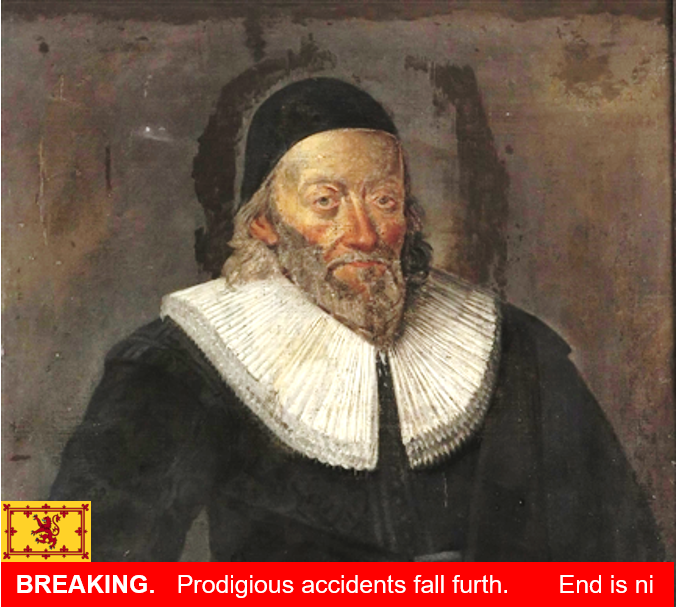
“Well mett, I’m David Calderwood”
“A cow has brought furthe fourteene great dogge whelps in stead of calves and another, efter the calving, became starke madde, so that the owner was forced to slay her. A deid bairne was found in her bellie.”
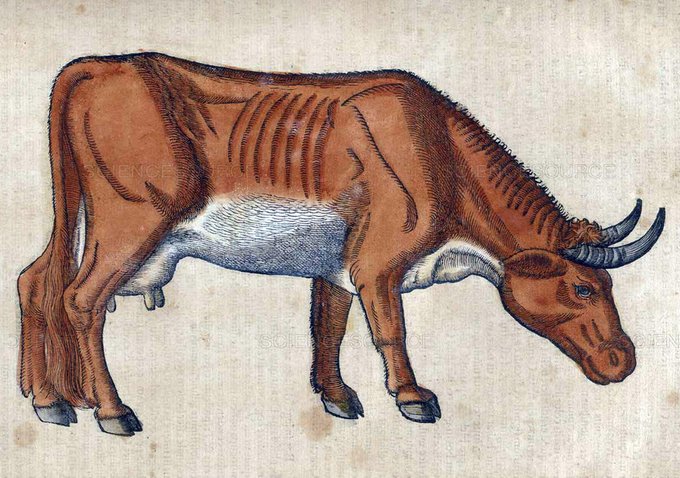
“In Inveraray, ane of the Erle of Argyle’s servants being sicke, vomited two toades and a serpent, and so convalesced; but after did vomit a number of litle toades.”
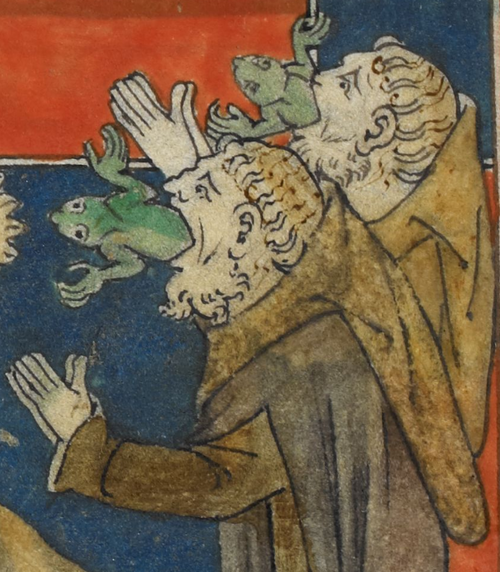
“Neir Kirklistoun, A young man at the plough accidentallie killeth his owne son with the throwing of a stone. He hangeth himself. His wife, latlie delivered of a child, ran out the house to seek her husband, before she returned, a sow had eaten her child”
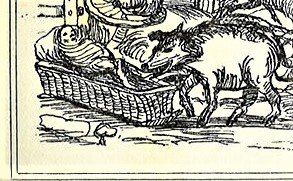
“Scottismen at court are in danger of their lyves by reasone of great malice conceived against them by the Englishe. There were at present about ane hundreth Scottismen, all in danger to be massacred, if the Englishe had not beene stayed by a councellour.”
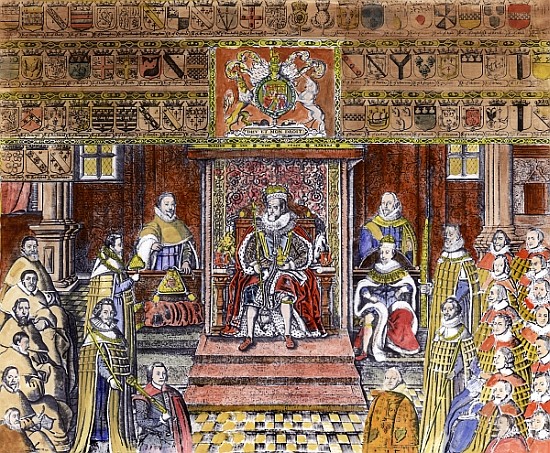
“The brother of Sir Johne Ramsay hath smotte the Lord Montgomerie’s brother on the face with a rod for a lie given him at the horse race.” “In other news, James Maxwell, gentleman of the king’s chamber, hath pulled ane Englishman’s eare till it bledd.”

“And finallie, sixe yeers after he putt furth the ey of Lord Sanquhar at the fencing, ane Englishe fencer was killt in ane inn by two Scottismen hyred by the Lord. To content the Englishe, the king consented that the Lord Sanquhar be hangit.”

“With this acte, Scottismen shewn greater contempt to their nobilitie, as the Lord Sanquhar was hangit a among number of theevs.”
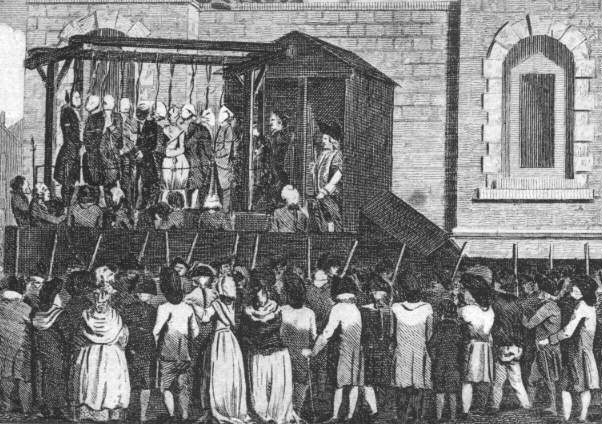
“So endeth our uprounding of “the prodigious works and rare accidents that fell furth in AD 1612” “For reporting Historie of the Kirk of Scotland, your maist humble servant, David Calderwood.”
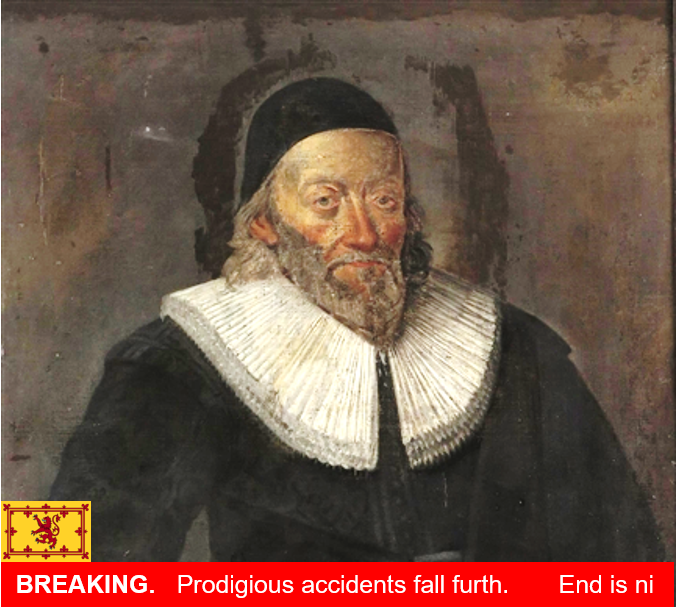
References
Thomson, T. (ed.) (1845) The History of the Kirk of Scotland, by Mr. David Calderwood. vol. 7. Wodrow Society, Edinburgh. pp. 164-165.